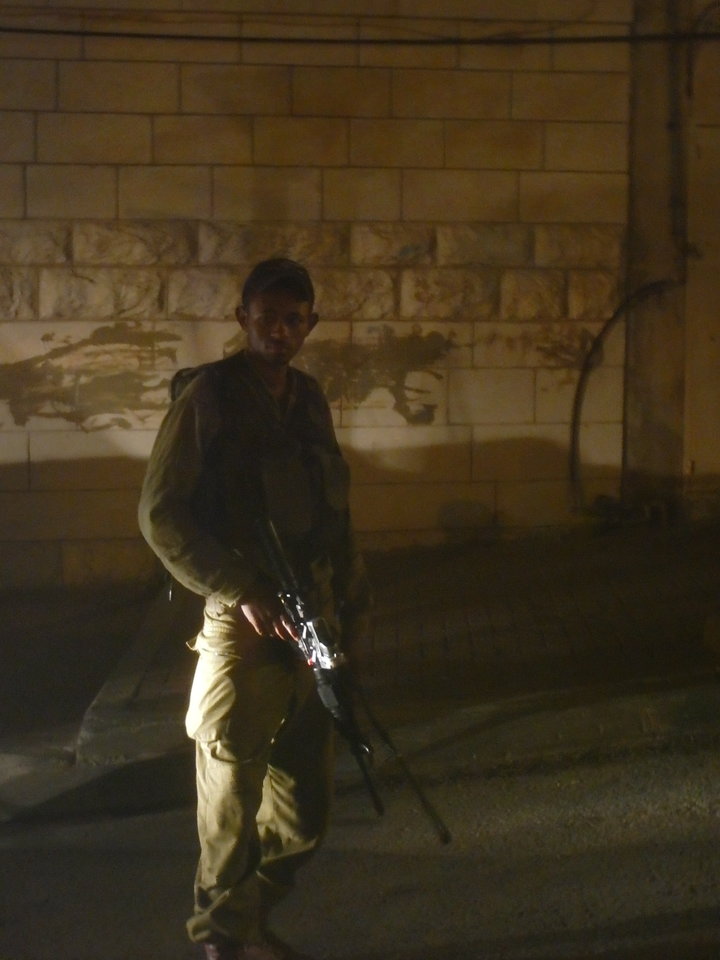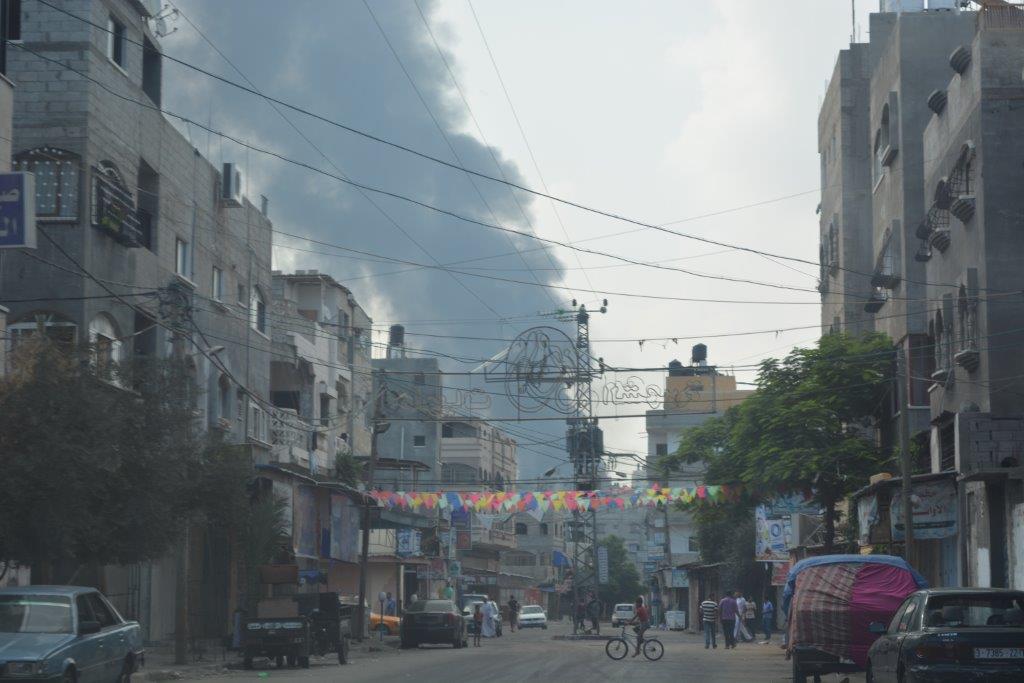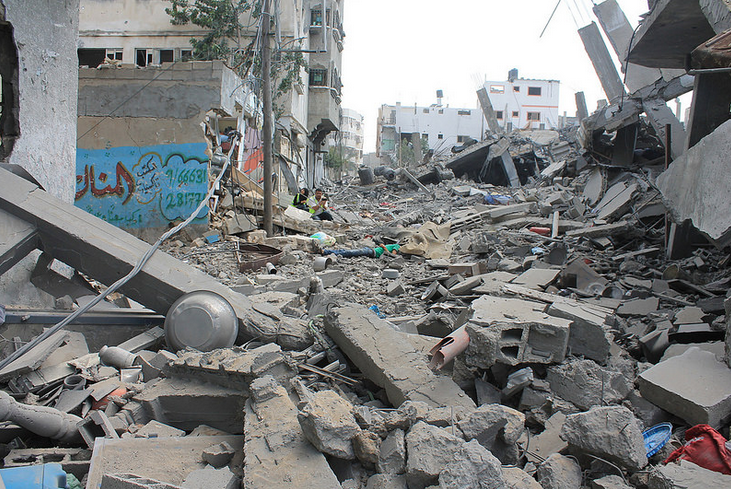Author: ISM Media
-
Palestinians threatened by settler and then detained by soldiers
23rd July 2014 | International Solidarity Movement, Vern | Hebron, Occupied Palestine At approximately 23:30 on the night of the 21st July, I noticed a group of Israeli soldiers detain four Palestinian men near our apartment. The men detained were Ahmed, Izzat, Anas, and Muhammad. They were ordered to sit on the ground by several armed…
-
Where will they go?
22nd July 2014 | Charlie Andreasson | Gaza, Occupied Palestine The attack has been going on for over two weeks. I was awakened early this morning by explosions that were so close that they shook the house. Then came a phone call, telling me that there was an apartment building nearby, where a woman from New…
-
Wounded man killed by Israeli sniper on camera identified
22nd July 2014 | International Solidarity Movement | Gaza, Occupied Palestine The injured young man who was shot dead on camera by an Israeli sniper two days ago has been identified as Salem Khalil Salem Shammaly, a 23-year-old resident of Shajiya. After Salem was murdered, the rescue team was unable to recover his body, which like…



